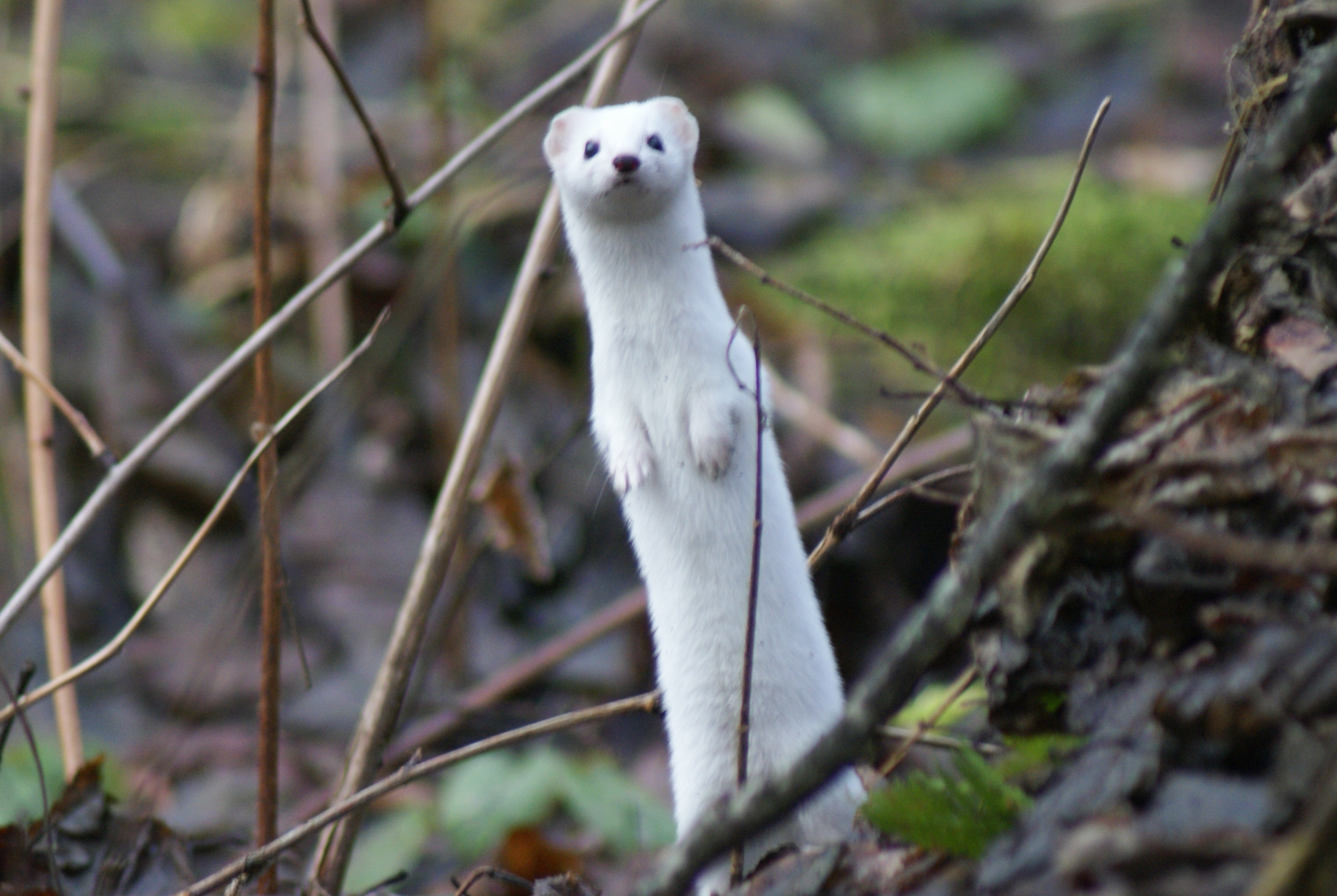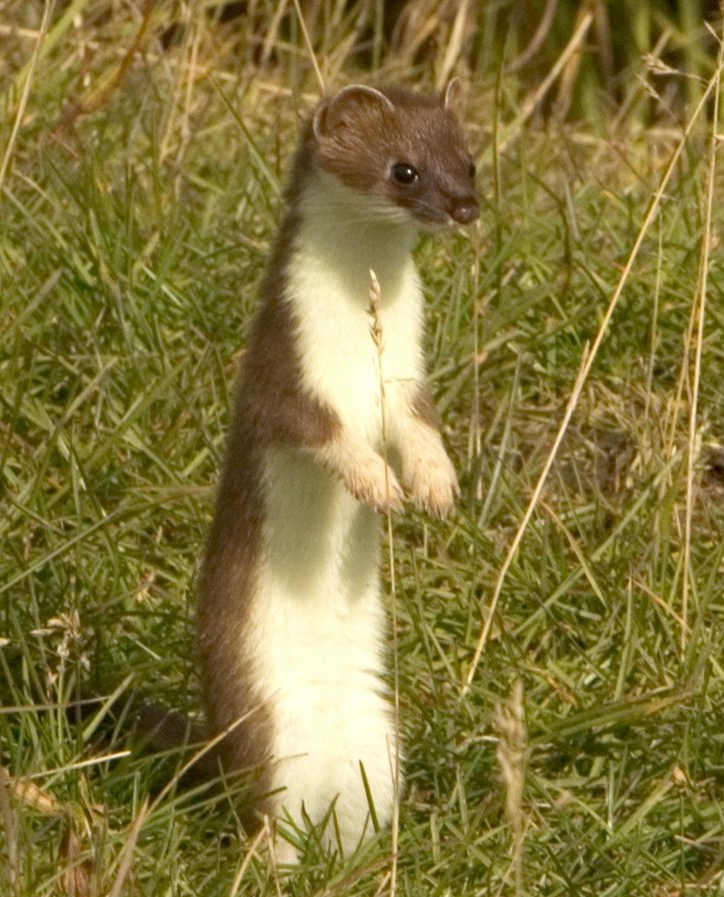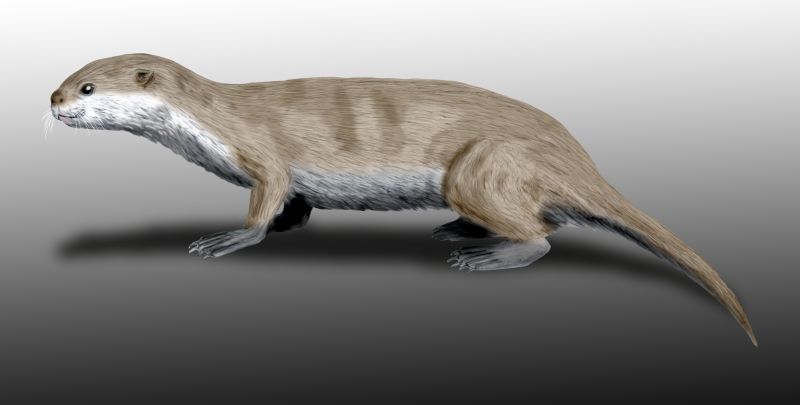|
Coat (animal)
Coat is the nature and quality of a mammal's fur. In the animal fancy, coat is an attribute that reflects the quality of a specimen's Selective breeding, breeding as well as the level of the animal's Animal husbandry, care, conditioning, and management. Coat is an integral aspect of the judging at competitions such as a Conformation show, conformation dog show, a cat show, a horse show (especially Horse showmanship, showmanship classes), or a American Rabbit Breeders Association#Rabbit shows, rabbit show. The pelage of a show animal may be divided into different types of hair, fur or wool with a texture ranging from downy to spiky. In addition, the animal may be single-coated or may have a number of coats, such as an Fur#Down hair, undercoat and a topcoat (also called an ''outer coat'' or, sometimes, ''overcoat''), which is made up of Fur#Guard hair, guard hair. The state of the coat is considered an indication of the animal's selective breeding, breeding and health. Animals mig ... [...More Info...] [...Related Items...] OR: [Wikipedia] [Google] [Baidu] [Amazon] |
Mustela Winter
Weasels are mammals of the genus ''Mustela'' of the family (biology), family Mustelidae. The genus ''Mustela'' includes the least weasels, polecats, stoats, ferrets, and European mink. Members of this genus are small, active predators, with long and slender bodies and short legs. The family Mustelidae, or mustelids (which also includes badgers, otters, and wolverines), is often referred to as the "weasel family". In the UK, the term "weasel" usually refers to the smallest species, the least weasel (''M. nivalis''), the smallest carnivoran species. Least weasels vary in length from , females being smaller than the males, and usually have red or brown upper coats and white bellies; some populations of some species moult to a wholly white coat in winter. They have long, slender bodies, which enable them to follow their prey into burrows. Their tails may be from long. Weasels feed on small mammals and have from time to time been considered vermin because some species took p ... [...More Info...] [...Related Items...] OR: [Wikipedia] [Google] [Baidu] [Amazon] |
Pinniped
Pinnipeds (pronounced ), commonly known as seals, are a widely range (biology), distributed and diverse clade of carnivorous, fin-footed, semiaquatic, mostly marine mammals. They comprise the extant taxon, extant families Odobenidae (whose only living member is the walrus), Otariidae (the eared seals: sea lions and fur seals), and Phocidae (the earless seals, or true seals), with 34 extant species and more than 50 extinct species described from fossils. While seals were historically thought to have descended from two ancestral lines, molecular phylogenetics, molecular evidence supports them as a monophyletic group (descended from one ancestor). Pinnipeds belong to the suborder Caniformia of the order Carnivora; their closest living relatives are musteloids (Mustelidae, weasels, Procyonidae, raccoons, skunks and red pandas), having diverged about 50 million years ago. Seals range in size from the and Baikal seal to the and southern elephant seal. Several species exhibit ... [...More Info...] [...Related Items...] OR: [Wikipedia] [Google] [Baidu] [Amazon] |
Equine Coat Color
Horses exhibit a diverse array of coat colors and distinctive horse markings, markings. A specialized vocabulary has evolved to describe them. While most horses remain the same coat color throughout life, some undergo gradual color changes as they age. Most horse markings, white markings are present at birth, and the underlying skin color of a healthy horse does not change. Certain coat colors are also associated with specific breeds, such as the Friesian, which is almost exclusively black. The basic outline of equine coat color genetics has largely been resolved, and DNA tests to determine the likelihood that a horse will have offspring of a given color have been developed for some colors. Discussion, research, and even controversy continue about some of the details, particularly those surrounding spotting patterns, color sub-shades such as "sooty (gene), sooty" or "flaxen gene, flaxen", and horse markings, markings. Basic coat colors The two basic pigment colors of horse hair ... [...More Info...] [...Related Items...] OR: [Wikipedia] [Google] [Baidu] [Amazon] |
Coat (dog)
The coat of the domestic dog refers to the hair that covers its body. Dogs demonstrate a wide range of coat colors, patterns, textures, and lengths. As with other mammals, a dog's fur has many uses, including thermoregulation and protection from cuts or scratches; furthermore, a dog's coat plays an important role in the Conformation show, showing of purebred dogs. Breed standards often include a detailed description of the nature and attributes of that breed's ideal coat. A dog's coat is composed of two layers: a top coat of stiff guard hairs that help repel water and shield from dirt, and an undercoat of soft down hairs, to serve as insulation. Dogs with both under coat and top coat are said to have a ''double coat''. Dogs with a ''single coat'' have a coat composed solely of guard hairs, with little or no downy undercoat. The terms fur and hair are often used interchangeably when describing a dog's coat, however in general, a double coat, like that of the Newfoundland (dog), ... [...More Info...] [...Related Items...] OR: [Wikipedia] [Google] [Baidu] [Amazon] |
Cat Coat Genetics
Cat coat genetics determine the coloration, pattern, length, and texture of feline fur. The variations among cat coats are physical properties and should not be confused with cat breeds. A cat may display the coat of a certain breed without actually being that breed. For example, a Neva Masquerade (Siberian cat, Siberian colorpoint) could wear point coloration, the stereotypical coat of a Siamese cat, Siamese. Solid colors Eumelanin and phaeomelanin Eumelanin The browning gene ''B/b/bl'' codes for TYRP1 (), an enzyme involved in the metabolic pathway for eumelanin pigment production. Its dominant form, ''B'', will produce black eumelanin. It has two recessive variants, ''b'' (chocolate) and ''bl'' (cinnamon), with ''bl'' being recessive to both ''B'' and ''b''. Chocolate is a rich dark brown color, and is referred to as chestnut in some breeds. Cinnamon is a light brown which may be a reddish color. Sex-linked red The sex-linked red ''"Orange"'' locus, ''O/o'', det ... [...More Info...] [...Related Items...] OR: [Wikipedia] [Google] [Baidu] [Amazon] |
Tabby
A tabby cat, or simply tabby, is any domestic cat (''Felis catus'') with a coat pattern distinguished by an M-shaped marking on its forehead, stripes by its eyes and across its cheeks, along its back, around its legs and tail, and characteristic striped, dotted, lined, flecked, banded, or swirled patterns on the body: neck, shoulders, sides, flanks, chest. The four known distinct patterns, each linked to genetics, are the mackerel, classic or blotched, ticked, and spotted tabby patterns. "Tabby" is not a breed of cat but a coat pattern. It is common among non-pedigree cats around the world. The tabby pattern occurs naturally and is connected both to the coat of the domestic cat's direct ancestor and to those of its close relatives: the African wildcat (''Felis lybica lybica''), the European wildcat (''Felis silvestris''), and the Asiatic wildcat (''Felis lybica ornata''), all of which have similar coats, both by pattern and coloration. One genetic study of domestic cats f ... [...More Info...] [...Related Items...] OR: [Wikipedia] [Google] [Baidu] [Amazon] |
Terrier
Terrier () is a Dog type, type of dog originally bred to hunt vermin. A terrier is a dog of any one of many Dog breed, breeds or landraces of the terrier Dog type, type, which are typically small, wiry, Gameness, game, and fearless. There are five different groups of terrier, with each group having different shapes and sizes. History Most terrier breeds were refined from the older purpose-bred dogs. The gameness of the early hunting terriers was exploited by using them in sporting contests. Initially, terriers competed in events such as clearing a pit of rats. The dog that was the fastest in killing all the rats won. In the eighteenth century some terriers were crossed with hounds to improve their hunting, and some with fighting dog breeds to "intensify tenacity and increase courage". Some of the crosses with fighting dogs, bull and terrier crosses, were used in the blood sport of dog-fighting. Modern pet breeds such as the Bull Terrier (Miniature), Miniature Bull Terrier ... [...More Info...] [...Related Items...] OR: [Wikipedia] [Google] [Baidu] [Amazon] |





